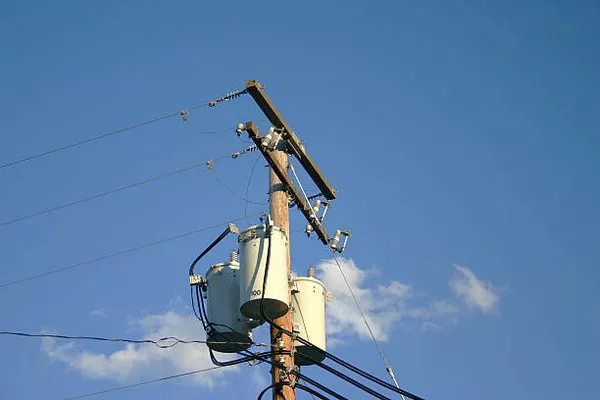In our modern world filled with electronic devices, power strips have become essential tools for managing multiple appliances from a single power source. Within these power strips, a key component—the transformer—plays a crucial role in ensuring the safe and efficient delivery of electricity to our devices. Let’s delve deeper into what transformers are, how they function within power strips, the different types available, and why they are important for everyday electrical applications.
What is a Transformer?
A transformer is an electrical device that transfers electrical energy between two or more circuits through electromagnetic induction. Its primary function is to change the voltage level of an alternating current (AC) while maintaining the frequency of the electrical signal. This alteration of voltage allows for safe and efficient distribution of electricity to various devices.
Function of Transformers in Power Strips
Transformers are incorporated into power strips to perform several critical functions:
Voltage Conversion: One of the primary roles of transformers in power strips is to step up or step down the voltage level of the incoming AC power. This conversion is essential because different electronic devices require specific voltage levels to operate optimally. For instance, while some devices might require 110 volts (in regions like North America), others might need 220 volts (common in Europe). Transformers within power strips ensure that the right voltage is supplied to each connected device.
Isolation and Safety: Transformers also provide electrical isolation between the input power source and the output sockets. This isolation helps protect users from electrical shocks and minimizes the risk of electrical faults.
Noise Filtering: Some transformers within power strips include filters to reduce electrical noise and interference, thereby providing cleaner power to connected devices.
Surge Protection: Certain advanced power strips incorporate transformers to offer surge protection, shielding devices from voltage spikes that could potentially damage sensitive electronics.
Types of Transformers Used in Power Strips
Several transformer types are employed within power strips based on specific requirements:
Step-Up Transformers: These transformers increase the voltage from the input to the output. They are typically used in regions where the standard voltage is lower than what certain devices require.
Step-Down Transformers: Conversely, step-down transformers decrease the voltage from the input to the output. They are useful in regions where the standard voltage is higher than what certain devices can handle safely.
Isolation Transformers: These transformers are designed to electrically isolate the input power from the output, providing an additional layer of safety against electrical faults.
Ferrite Core Transformers: Ferrite core transformers are compact and efficient, often used in power strips to provide voltage regulation and noise suppression.
Toroidal Transformers: Toroidal transformers are more efficient and compact compared to traditional laminated transformers. They are commonly employed in power strips for noise reduction and voltage regulation.
Importance of Transformers in Power Strips
Transformers play a crucial role in ensuring the safe and reliable operation of electrical devices connected to power strips. Here are some key reasons why transformers are important:
Voltage Matching: By adjusting voltage levels, transformers ensure that each device receives the appropriate amount of electrical power, preventing potential damage from overvoltage or undervoltage conditions.
Electrical Safety: Transformers provide electrical isolation, reducing the risk of electrical shock and protecting devices from power surges and fluctuations.
Compatibility: Power strips with transformers enable the use of devices with varying voltage requirements, making them versatile and suitable for use across different regions.
Device Protection: Transformers equipped with surge protection capabilities safeguard sensitive electronic devices from voltage spikes caused by lightning or other electrical disturbances.
Enhanced Performance: By filtering out electrical noise and interference, transformers contribute to the overall performance and longevity of connected devices.
Choosing the Right Power Strip with Transformers
When selecting a power strip with transformers, consider the following factors:
Voltage Requirements: Determine the voltage needs of your devices to ensure the power strip can provide the appropriate voltage levels.
Safety Features: Look for power strips with built-in surge protection and electrical isolation for enhanced safety.
Number of Outlets: Ensure the power strip has enough outlets to accommodate all your devices.
Power Rating: Check the power rating (in watts or amps) to ensure it can handle the total power consumption of your devices.
Additional Features: Consider other features like USB ports, cord length, and mounting options based on your specific needs.
See Also can transformer work on direct current
Conclusion
Transformers are integral components of power strips, facilitating the safe and efficient distribution of electrical power to various electronic devices. By understanding their function, types, and importance, consumers can make informed decisions when selecting power strips for home or office use. Whether it’s voltage conversion, electrical isolation, or surge protection, transformers ensure that our devices receive the right amount of power while minimizing the risks associated with electrical hazards. As technology advances, the role of transformers in power strips will continue to evolve, providing even greater levels of safety and efficiency in our increasingly electrified world.

